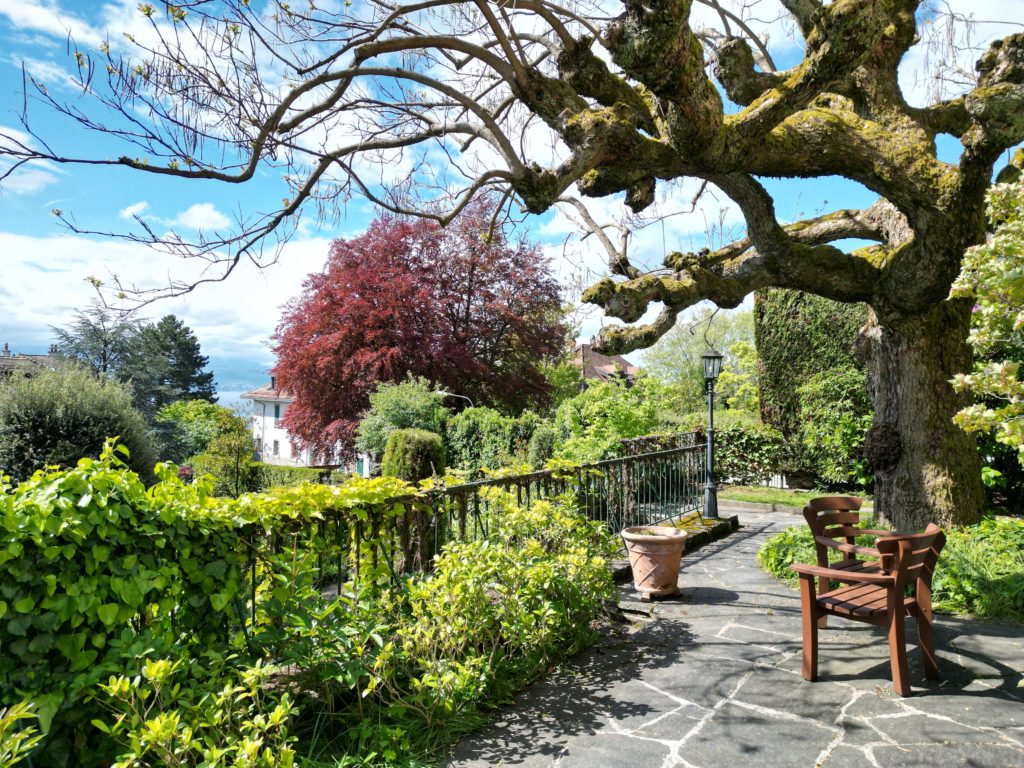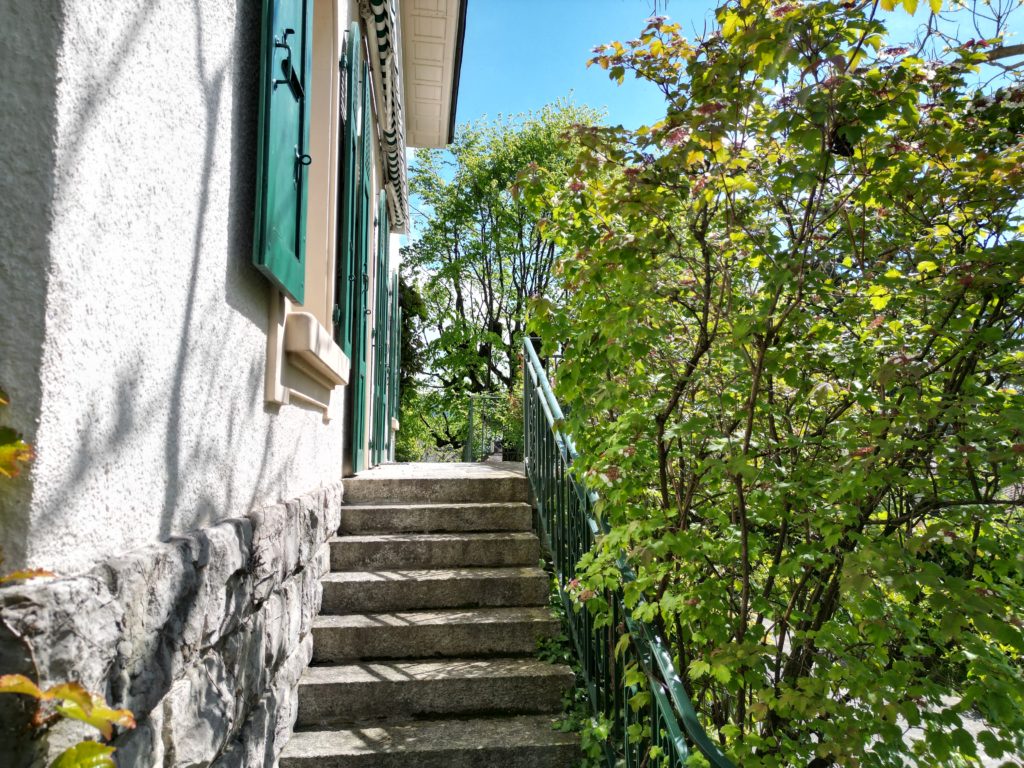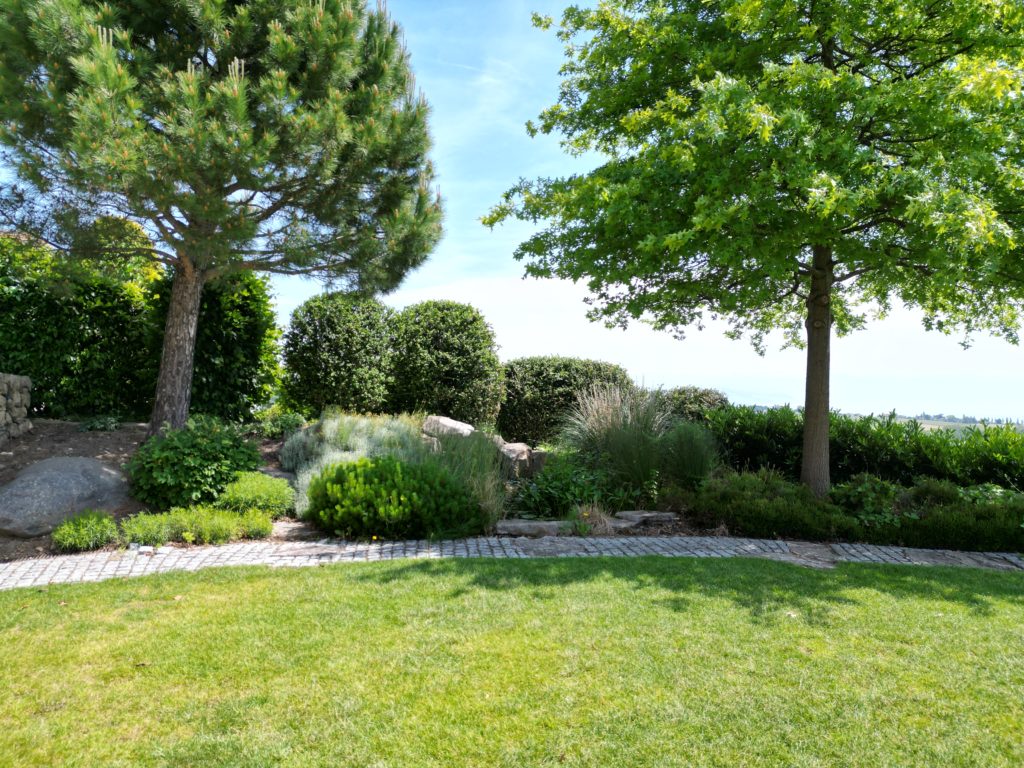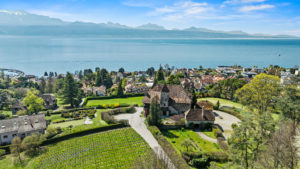A place of relaxation and daydreaming, the garden is a magical space—a bubble of serenity where trees, flowers, colors, and scents flourish. Not only does it enhance quality of life, but a well-designed garden is also a valuable investment that adds significant value to a property.
Just as first impressions are crucial in professional or personal encounters, the initial view of a property plays a vital role in shaping future perceptions. The garden serves as the property’s calling card, setting the scene before stepping inside. It not only adds charm to the house but also helps potential buyers envision themselves living there—whether lounging with a book or picking fresh herbs and tomatoes from a cozy vegetable patch near the kitchen.
“The garden is becoming increasingly important,” says Lorenzo Poli, founder of Poli Real Estate in Pully. “It has evolved into an additional living space. When well-maintained and thoughtfully designed, it becomes a powerful selling point for a house.”

However, as Lorenzo Poli points out, planning a garden’s layout requires careful consideration and a comprehensive vision. It’s essential to plant vegetation at the right time, taking into account growth patterns and blooming seasons.
“The perception of the garden has changed significantly in recent years,” explains Lorenzo Poli.
“It’s no longer just about beauty; the garden is now seen as a hub of activity that evolves throughout the day. It should feature different areas—both sunny and shaded—designed for sharing a coffee or a meal, relaxing, or playing. This can include specific installations like a pétanque court, a swing, or even a swimming pool. There’s also space for a vegetable garden, which should be practical and enjoyable to maintain, without becoming a chore.”


In this context, hiring a landscape architect can be a real asset. “A professional will select the right plants, preventing the need to replace them shortly after planting due to poor survival rates—saving both time and money,” explains Lorenzo Poli.
A common mistake is planting a blue spruce, which appeals to many homeowners due to its beauty. However, as it grows, the tree may provide privacy but also obstructs the view. Once mature, removing it becomes challenging, and what was intended to be a selling point can turn into a drawback.
On the other hand, strategically placed deciduous trees provide shade and coolness in the summer while allowing light to enter the home during winter—an attractive selling point. Additionally, as Lorenzo Poli points out, “trees can also enhance energy efficiency.”

Strategic planting can also help repel mosquitoes and promote biodiversity by attracting small wildlife such as birds, butterflies, lizards, and bees. Adding birdhouses and insect hotels can further enhance the vibrancy of the garden, creating a lively ecosystem.
Lorenzo Poli emphasizes the importance of considering the garden right from the house’s design stage. “Homeowners often focus too much on the interiors, leaving the garden as an afterthought, when it should be envisioned as an extension of the living space. Over the years, the garden will grow and become more beautiful, adding substantial long-term value to the property.”
However, contrary to popular belief, a luxurious garden worthy of a magazine cover isn’t always an advantage. While it may immediately impress potential buyers, they might also be deterred by the perceived maintenance demands and costs associated with its upkeep.
Lorenzo Poli therefore advises opting for a welcoming, easy-to-maintain garden that feels more like a pleasure to care for rather than a burden.
Text from Agefi Immo magazine, written by Julia Rossi.
 Retour
Retour 





